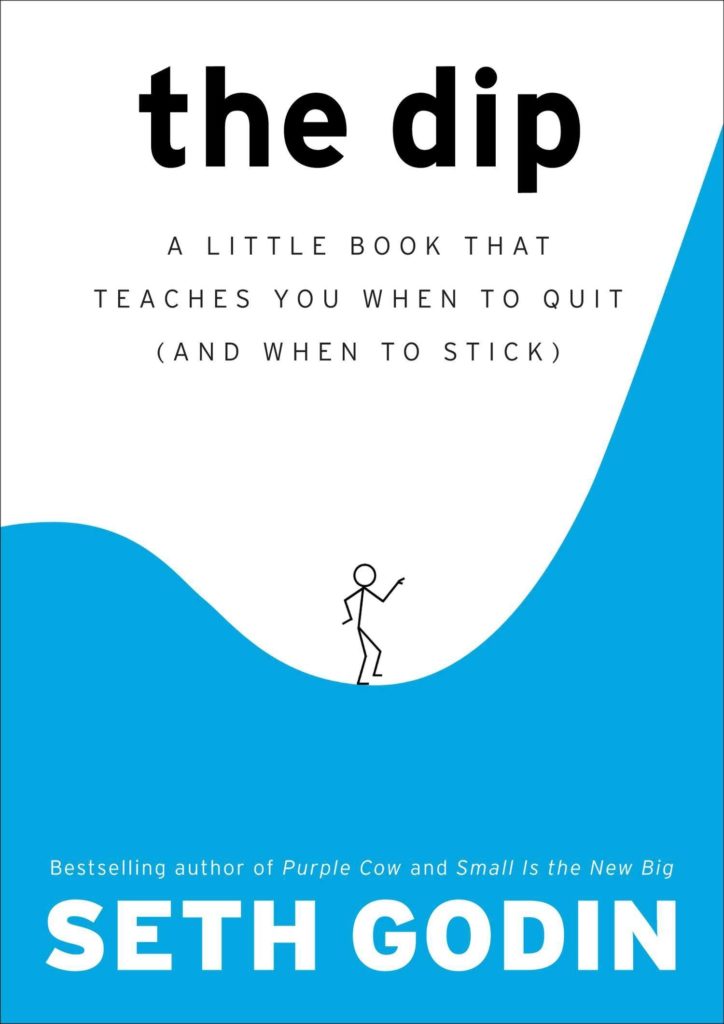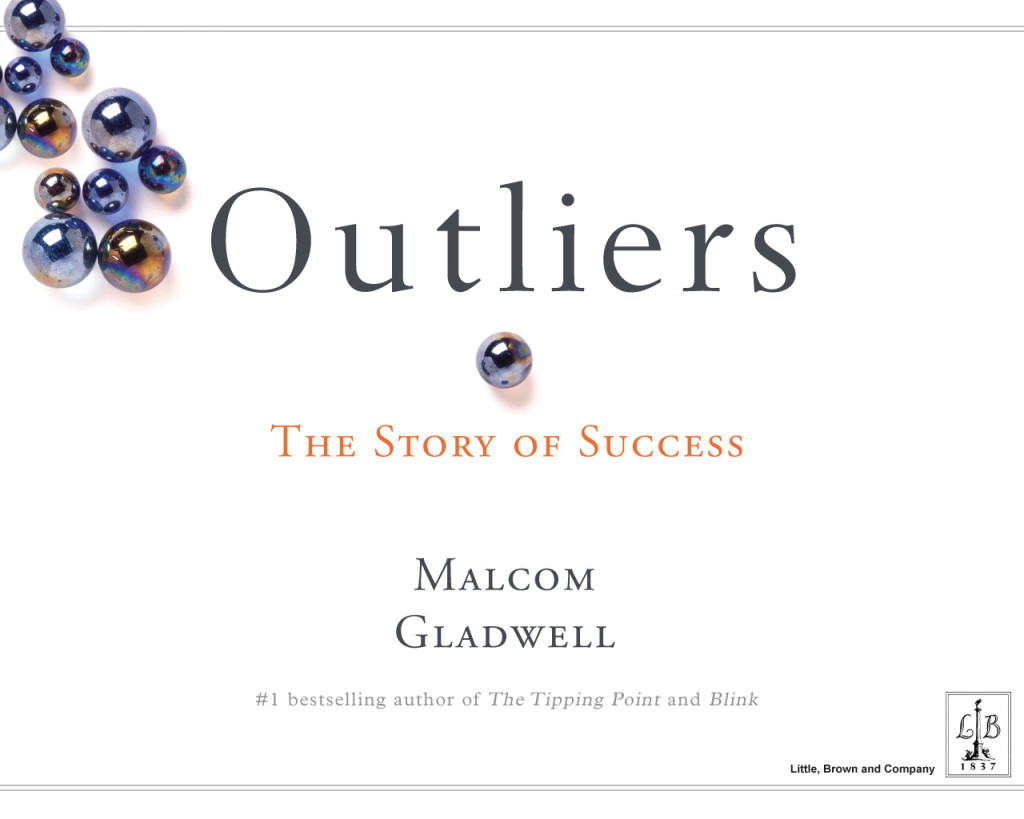Malcolm Gladwell has an uncanny talent. Like a detective, he weaves compelling yarns, spinning together sources of information from psychologists, food testers, doctors, animal trainers, criminologists, and other experts to challenge common notions.
With journalistic brilliance honed by his years in the New Yorker, Gladwell proffered radical answers to challenge age-old notions in his latest bestselling volume What the Dog Saw and Other Adventures. A compilation of 19 essays on a wide range of topics – espionage, war, hair colour, kitchen appliances, homelessness and more – the volume blended pop psychology, sociology, management and current affairs in a highly readable prose.










